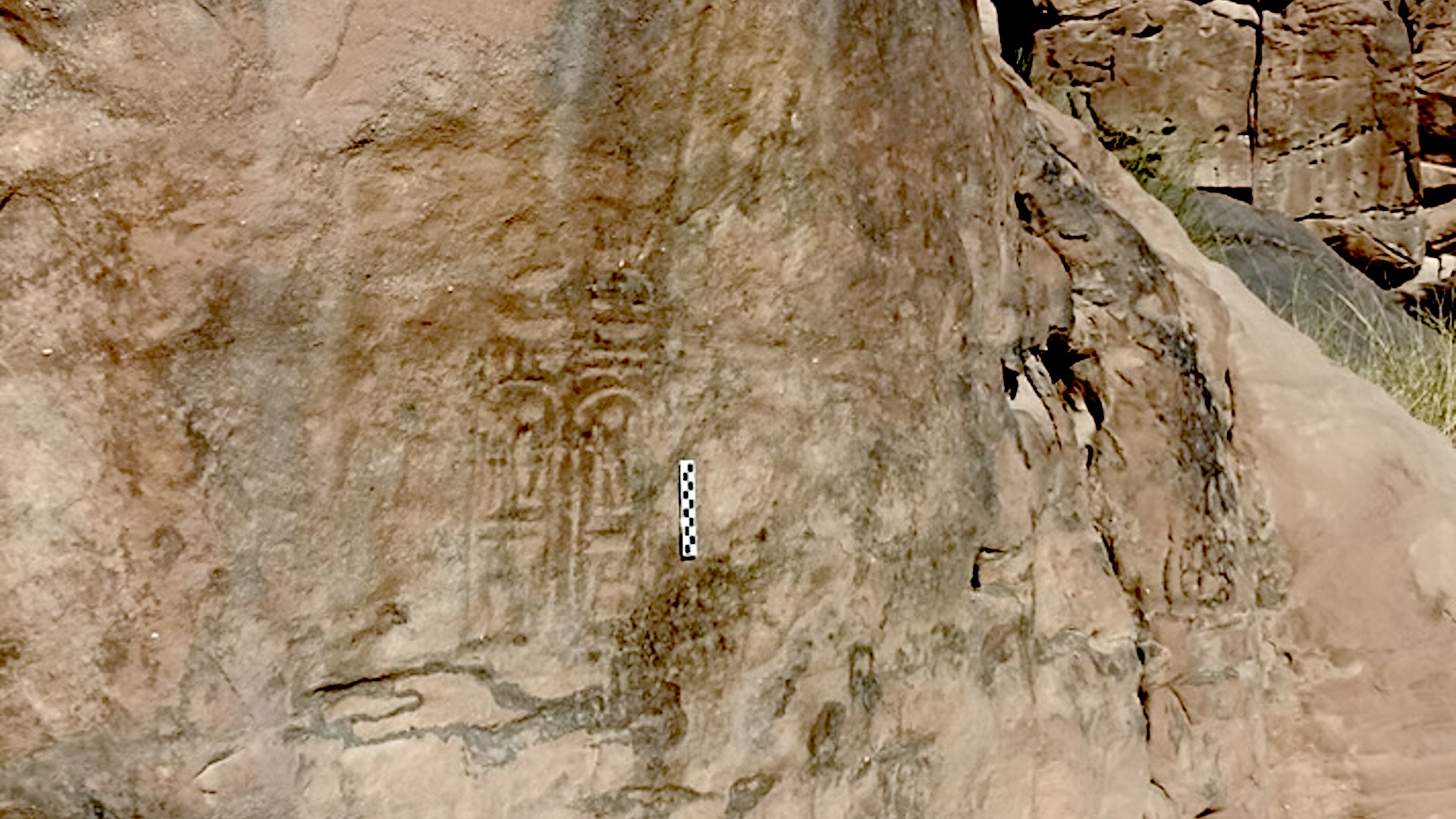Earliest Baby Animals Preserved in Ancient Volcanic Ash

The ash from a Pompeii-style volcanic eruption more than a half-billion years ago smothered a nursery of what may be some of the earliest known animals, researchers say.
These well-preserved findings shed light on the evolution of early life on Earth, and reinforce evidence suggesting that life became more complex earlier than often suspected, investigators added.
Scientists hunted for evidence of life from the mysterious Ediacaran period, when the first complex multicellular organisms appeared about 540 million to 635 million years ago. The life-forms from the Ediacaran are typically bizarre, and very difficult to link with any modern animal groups. In fact, just this week researchers announced they'd discovered tiny tracks from the earliest complex life, bilaterally symmetrical animals that looked like slugs.
In rocks on the southern coast of Newfoundland, Canada, researchers discovered more than 100 fossils of what appear to be young rangeomorphs — bizarre frond-shaped organisms that lived 550 million to 580 million years ago. Although they superficially resemble modern sea-pen corals, they are, on closer inspection, unlike any creature alive today.
"The fossilized 'babies' we found are all less than three centimeters long and are often as small as six millimeters, many times smaller than the 'parent' forms, seen in neighboring areas, which can reach up to two meters in length," said researcher Martin Brasier, a paleontologist at Oxford University in England. [See Photos of the Fossil 'Babies']
The site is located on Newfoundland's Avalon Peninsula in the Mistaken Point Ecological Reserve, home of the Cape Race Lighthouse that received the Titanic's wireless distress signals after it struck an iceberg a century ago.
"You can get these almighty waves there crashing onto the rocks, splashing onto the surface we're studying, and on a number of occasions myself and colleagues were soaked through to the skin," said researcher Jack Matthews, a paleontologist at Oxford University.
Sign up for the Live Science daily newsletter now
Get the world’s most fascinating discoveries delivered straight to your inbox.
The researchers think that about 579 million years ago, "an underwater 'nursery' of baby Ediacaran fronds was overwhelmed, Pompeii-style, by an ash fall from a volcanic eruption on a nearby island that smothered and preserved them for posterity," Brasier said.
These babies apparently grew among the decayed remains of what may have been their parents.
"These juveniles are exceptionally well-preserved, and include species never before found in rocks of this age," said researcher Alexander Liu, a paleontologist at Cambridge University in England. "The discovery confirms a remarkable variety of rangeomorph fossil forms early in their evolutionary history."
Where rangeomorphs fit in the tree of life remains unclear. Like many Ediacaran organisms, the frond-shaped body-plan of the rangeomorphs, which might have helped them gather oxygen or food, does not survive into the later Cambrian period.
Fossils of rangeomorphs are often described as fernlike, but they lived deep enough underwater for there to have been no sunlight. As such, they are not thought to be plants. However, "there are still debates to be had as to whether they were animals or not," Matthews told LiveScience. "They certainly could be on the lineage to animals. Before you had a full-blown animal, you had to get partway there, and that remains a possibility for what these organisms were."
The find reinforces the idea that life grew large about 580 million years ago, earlier than often thought.
"We are now exploring even further back in time to try and discover exactly when these mysterious organisms first appeared and learn more about the processes that led to their diversification in an 'Ediacaran explosion' that may have mirrored the profusion of new life-forms we see in the Cambrian," Brasier said.
The research team from the Universities of Oxford and Cambridge, in collaboration with the Memorial University of Newfoundland, detailed their findings in the July issue of the Journal of the Geological Society.
Follow LiveScience on Twitter @livescience. We're also on Facebook & Google+.










